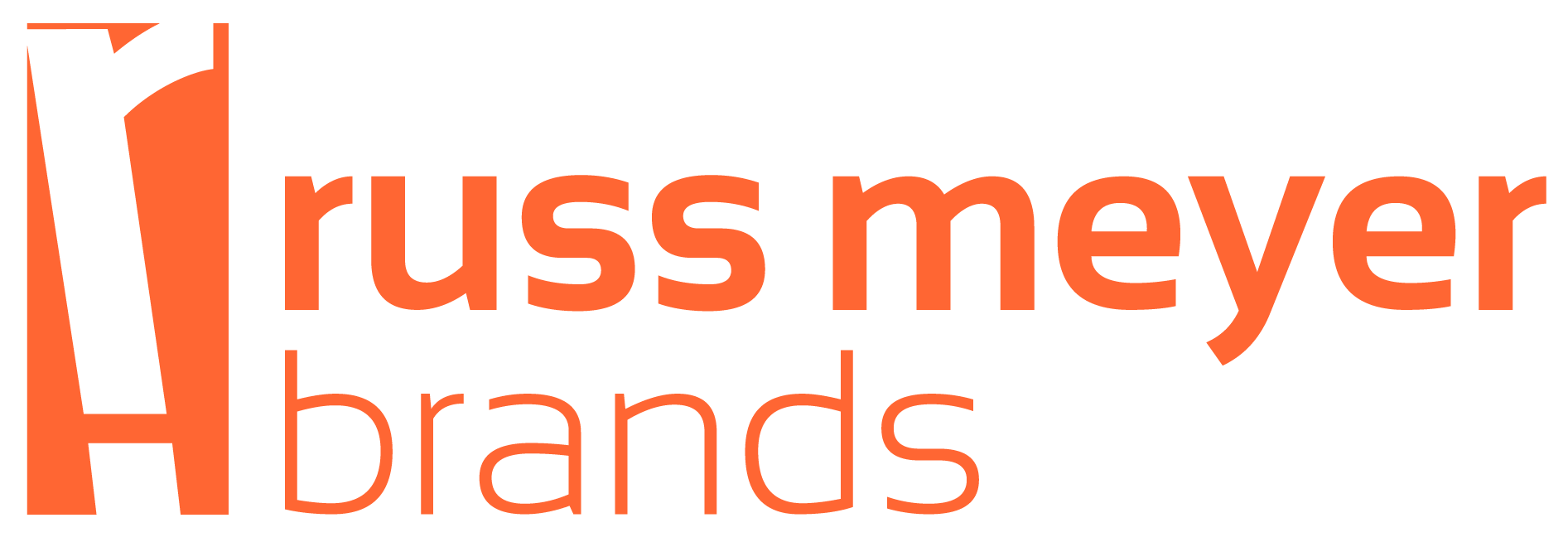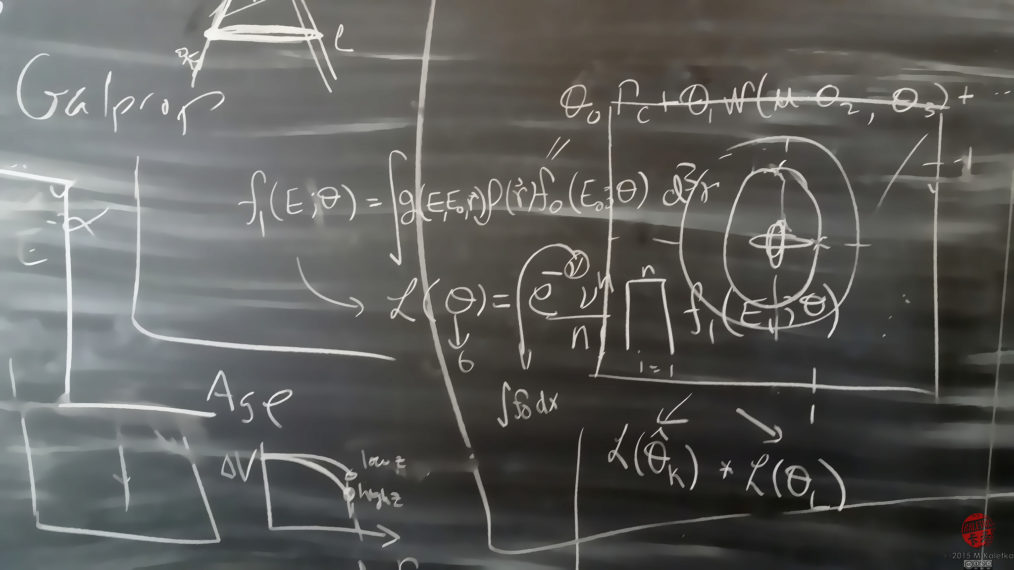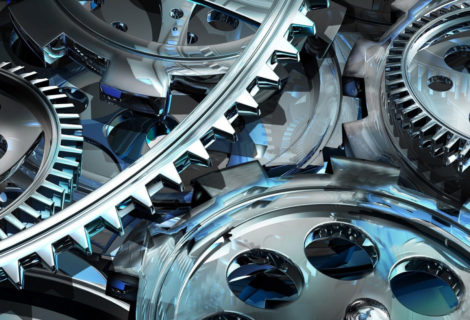Why Simple is Hard
For over four years, I worked for The Simplicity Company, helping clients simplify their strategies, businesses, brands and experiences. Achieving any degree of simplicity was real work. Throughout those four years I was struck that Simplicity seemed difficult to achieve, while Complexity seemed to happen naturally. However the ideal of “Simplicity” seemed ever more relevant, as brands increasingly look for ways to differentiate and stand out in the market and on the shelf. Whether it’s Simply Fruit Juices® or SAP’s “Run Simple” campaign, brands in every category are claiming Simplicity as a new and relevant differentiator. But if Complexity and Simplicity are ends of a spectrum, why is it easier to navigate one way on that spectrum and not the other way? In wondering why, I’ve come across some realities, hardwired into our brains and our universe that makes striving for simplicity harder.
The first reality is the Second Law of Thermodynamics. For those of you who don’t remember your high school physics lessons, the Second Law of Thermodynamics defines the total amount of entropy in a system. Entropy is the tendency for systems to go from order to disorder. As anyone who’s ever had a sock drawer or a front hall closet knows, things that are organized become disorganized as if by magic. Originally applied to the dispersal of energy, entropy explains why ice melts into water and time runs in one direction. Countering the effect of entropy requires energy. To get the water back into an ice cube state, energy in the form of refrigeration must be used. In order for anything (be it an experience or a sock drawer) to move from complex to simple, energy must be applied. By natural law, it requires effort. Simplicity will not just naturally appear out of complexity. It takes real work.
Another reality that impacts why humans often prefer complexity to simplicity is the cognitive bias of Loss Aversion. Loss aversion refers to the tendency that humans have to regret loss to a greater degree than we like gains. For instance, we regret losing $100 much more than finding $100 dollars excites us. Some studies even suggest that losses are twice as powerful on humans as gains. Many believe that loss aversion has an evolutionary basis; very likely meaning our brains are hardwired to avoid and regret losses twice as strongly as gains. So while we as humans love to get things (be they cookies or product features) we hate having things taken away from us even more so (be they cookies or product features.) In a brain that features loss aversion, more is better and less is worse. Simplicity may, in fact, trigger feelings of loss greater than the gains associated with that simplicity.
Aside from natural laws and built in biases, there are a host of factors that are biased towards increasing complexity in products and experiences – within manufacturers and marketers and with consumers themselves. Manufacturers believe the incremental cost of adding additional features is often close to zero, and more features makes the product appealing to a broader market of potential customers. Often the belief is that maximizing features means a greater likelihood of purchase. While, even if that were true, what isn’t taken into account (because it’s virtually impossible to quantify) is adding more features inevitably makes the product more complex to use. “Featuritis” is a legendary characteristic of manufacturers as they take what were relatively simple products and through the addition of features that in and of themselves are each valuable, wind up making a monstrosity of a product that is many times more complex for customers who almost never utilize the complete feature set. For most customers, increased complexity through increased features actually leads to lower value in use.
Add to that the reality that in most organizations, product development and feature sets usually involve multiple individuals and organizational divisions, each of whom, perhaps with the best interest at heart, want to maximize the value of the product. So they include as many features as possible without acknowledging that more features and more options leads to decision fatigue, not to higher and higher states of satisfaction by purchasers. Even customers and users, when pressed, will likely express the belief that products with the highest number of features provides the highest amount of utility, not taking into account that the benefit of utility inevitably comes with the cost of lower usability.
With all of the factors working on behalf of complexity, it’s not surprising that Simplicity is hard to achieve. It does require energy and commitment. It demands a ruthless focus on usability perhaps even at the expense of greater utility. It requires someone willing and able to say “no” across and organization to everyone’s desire to just add ‘one more thing.’ The leader most associated with a relentless focus on simplicity, Steve Jobs, demonstrates the characteristics required to achieve Simplicity in an organization. While Simplicity may be a desired state for many brands, it requires true energy and dedication to counter all the factors nudging products, and our world, towards greater complexity.





